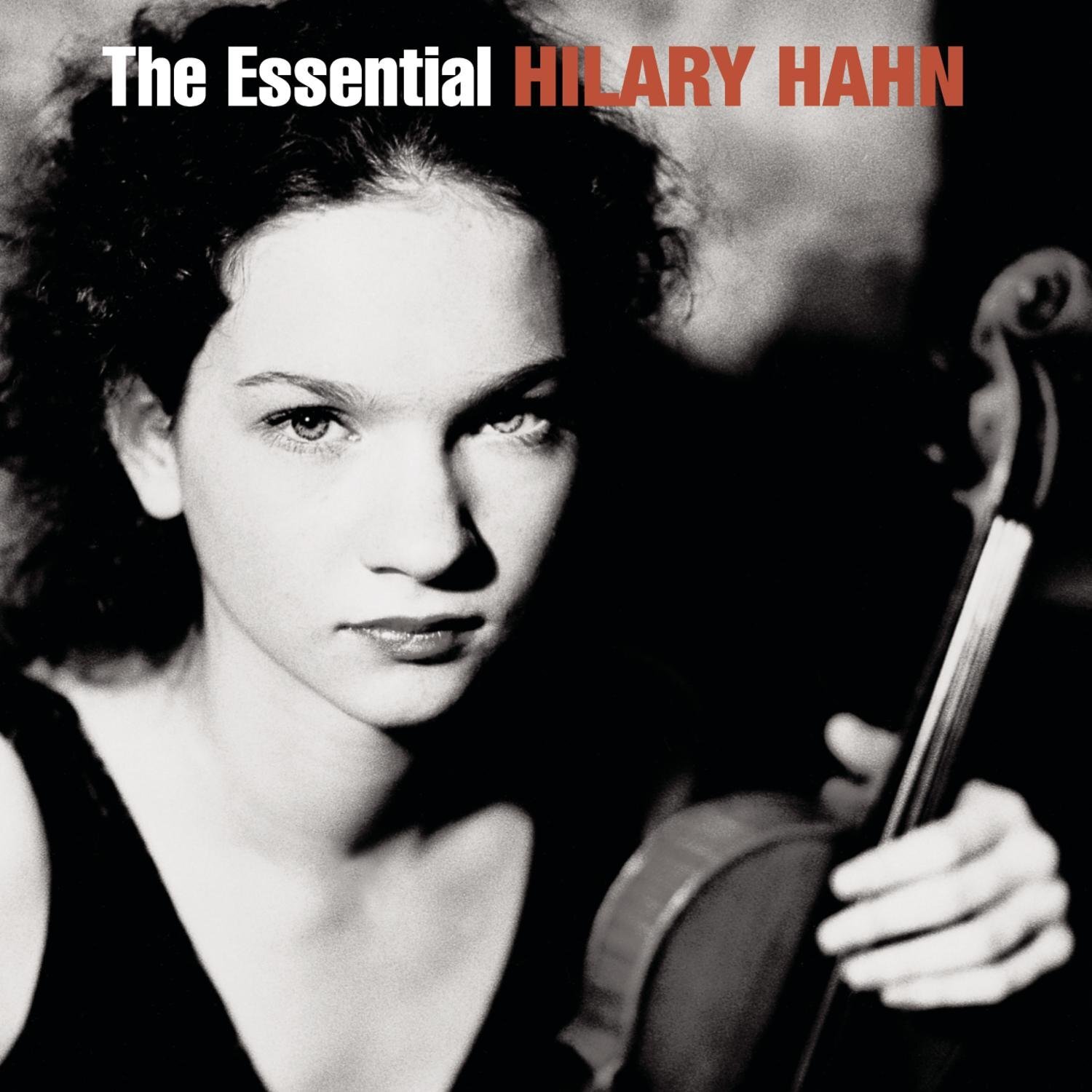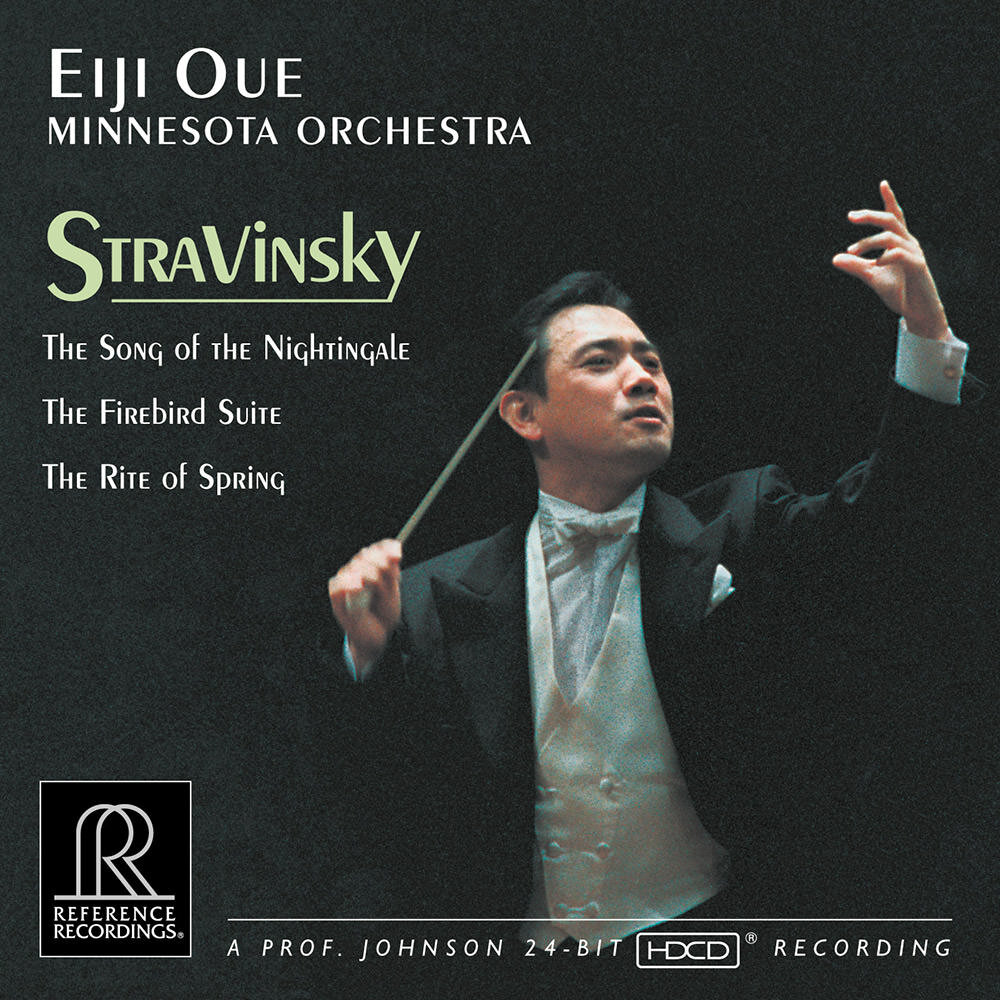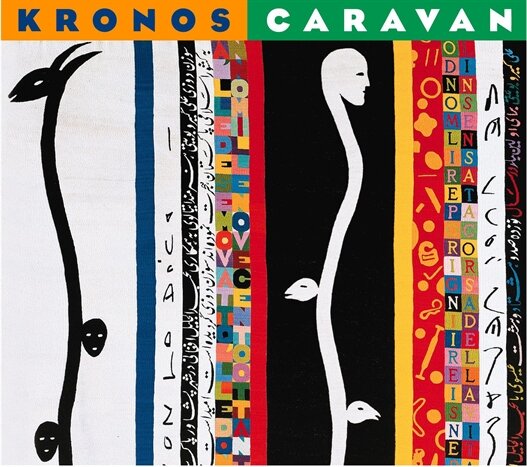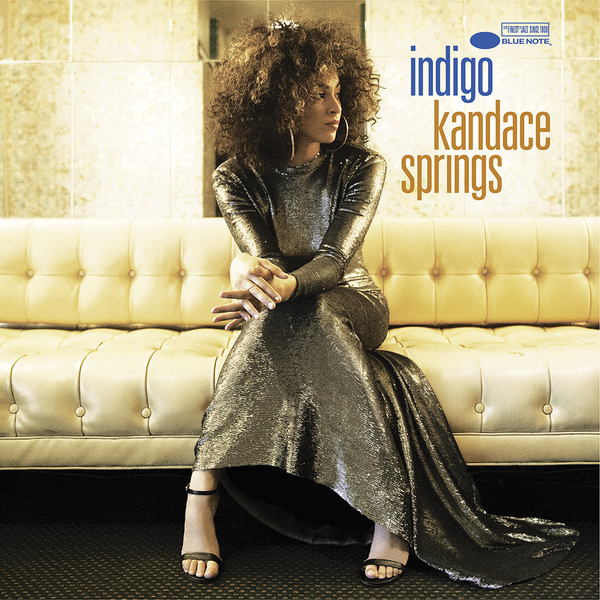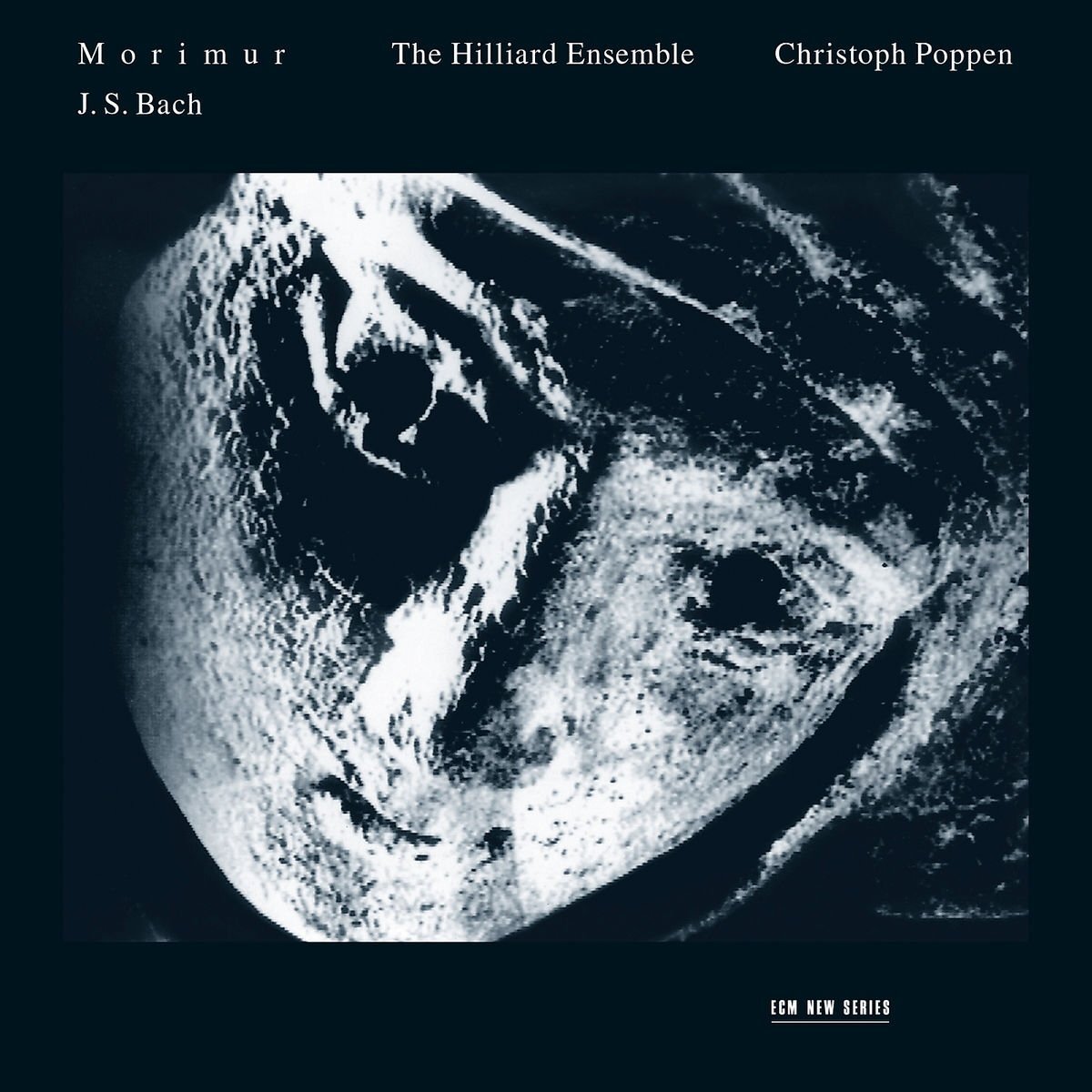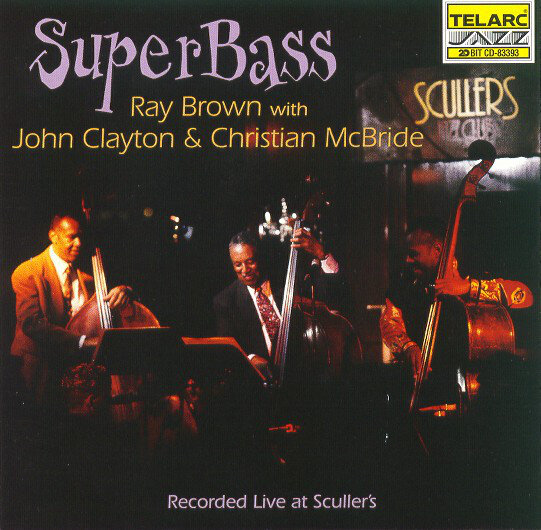FERRUM OOR & HYPSOS - REVIEW
An Exceptional Headphone and Power Supply Combo!
HEM, an audio technology company based in Warsaw Poland, was founded nearly 20 years ago. HEM has done projects for the Polish Government and also for notable audio companies in the United States. One of the companies that its founder Marcin Hamerla has worked with is the Mytek company based in New York. In addition to manufacturing Digital Analog Converters (DACs) for Mytek, HEM has also distributed the Mytek brand in both Europe and Asia. HEM’s other pursuit is high-resolution audio and Master Quality Authentication (MQA).
In 2020 HEM’s R&D Software Programming Division developed the first product of this subsidiary company—Ferrum—the HYPSOS hybrid power supply. In short, the HYPSOS power supply was developed to optimize a component’s power needs/demands toward, as Ferrum states, “unrivaled detail (musical information)” in the reproduction of one’s music.
Ferrum’s second product, the OOR, is a fully balanced analog Headphone Amplifier/Preamplifier (HPA) that comes with sufficient power reserves—8 watts(!)—to drive, literally, any headphone on the planet.
I spoke with Roy Feldstein of VANA Ltd, the US distributor of Ferrum Audio, and asked for review samples of the Ferrum OOR and HYPSOS. Roy kindly obliged and within a rather short time, a single box arrived that housed both units. Petite, I thought. I unpacked the OOR and HYPSOS from their small boxes. And found quickly that they were very well designed. But of course, the key question with any audio component or more specifically with one that looks this good is, does it sound as good as it looks?
REFRAIN: Unlike most reviews, this review will be non-sequential, as it will start with how the equipment actually sounds and not the process of physically “undressing” it and/or laying out its various accoutrement, specifications, etc. Think of this review then, as a non-linear movie—Memento, Kill Bill, Pulp Fiction, Eternal Sunshine of the Spotless Mind, The Queen’s Gambit, In the Shadow of the Moon, etc—that, likewise, starts at the end and winds its way to the beginning.
The Sound
Neutral. Resolving. Detailed. Dynamic. The Ferrum OOR and HYPSOS combo is indeed neutral, as it will let pass the voicing of its up-line bandmates with little to no editorializing, and as far as I could discern it was not at all ‘perniciously neutral’. Pernicious in that a ‘neutral’ component can actually steal away the musicality, the sweetness and warmth, and sometimes even the ‘soul’ of the music passed through it. This is not the Ferrum OOR and HYPSOS combo as it let its various ‘bandmates’ speak in their own voices.
Transparency and resolution were quite good across the bass, especially good across the midrange, and exceptional at the edge of treble heights—cymbals, Hi-Hats, brushes drawn across cymbals—where it was clean, detailed and extended.
The Ferrum combo handles itself very well across the various media with which I had sought to challenge, trip up and expose it but could not, as the Ferrum combo was undaunted by the challenges. Across dense musical passages the Ferrum combo also excelled at transient response, its parsing of fine detail, the positioning of performers, and their relative positions and layers, front to back, across a given soundstage. The weight across the frequency spectrum reflected the Ferrum combo’s neutrality. In this sense it was less full, had not the rumble, nor could it reach consistently into the Holy-Bass-Head-Grail, as this latter was clearly headphone dependent.
The Ferrum OOR and HYPSOS’s combined volumetric cube—sound stage—is of very good size in terms of its depth, width from stage right to stage left, and its height. It is possessed of a quiet background and a noise floor that allows for the freeing of copious amounts of detail that few headphone amps are seemingly capable of freeing. It can be intimate, though its neutral voicing may well keep one back from a deep, immersive engagement. This was true for headphones that are considered natural, rich, sweet, and incredibly immersive—Meze Empyrean, ZMF Atticus, Rosson Audio RAD-0. The combo’s intimacy was quite natural, nonetheless. Separation, layering and positioning were all quite good and at the combo’s price point very competitive!
The Ferrum OOR and HYPSOS were partnered with the ROON Nucleus Plus Streamer, the DENAFRIPS Pontus II DAC and the Border Patrol SE-1 DAC. The headphones used were the Meze Empyrean Elite, the Meze Empyrean, the Rosson Audio RAD-0, and the ZMF Atticus. Cabling was ANTICABLE. Power conditioning was handled by TORUS RM20.
Bass
Eiji Oue’s rendition of Stravinsky’s “Firebird Suite (1919 version): V. Infernal Dance of King Kashchey” (Stravinsky, Reference Recordings) begins. Tympani strikes with the Ferrum OOR and HYPSOS combo via the Meze Empyrean headphone are tight, propulsive, and reach deeply. On this occasion the Ferrum combo as allied to the DENAFRIPS Pontus II assist the Empyrean with its journey to the Stygian depths of the Holy-Bass-Head-Grail. Transparency is also quite good as is separation across the stage and into the stage’s depth. Marcus Miller’s “Power” (M2) powers in and it too via the Empyrean is tight, fast and relatively potent, though it misses a certain warmth, due to its very neutral nature, that puts one at arm’s length. In this respect and for this song the Ferrum combo is more a ‘tool’ for playback that an audio professional may find compelling and, well, spot on. For me this lack of warmth stalls out chair-dancing or head-bopping as it is more of a professional listening, left-brain experience. Its bass is, nonetheless, detailed, transient quick, highly resolved, and very nicely layered.
Midrange
Olafur Arnalds’ “Árbakkinn” (Island Songs, Mercury (Universal France)) begins, and as with all the most transparent and resolving components, the Ferrum combo renders the detail of the birds outside of the building at the very beginning (00:00:04), as they sing in unison to Poet Einar’s recital. It is an exemplary rendering, via the Ferrum combo’s transparency, that finds Einar’s voice clear and resonant, and his words articulate and easily discernible. There is less texture than I am used to both in Einar’s voice and in the accompanying instruments—piano, violin, cello. In this respect, the neutrality of the combo has brought forth wonderfully good detail and insight, but the textural components that conjure a richness and three-dimensionality are not present. Regardless, it is a wonderful rendition of this song that I have come to know so very well. Shirley Horn’s “Beautiful Love” (You Won’t Forget Me, Verve) follows and Toots Thieleman’s harmonica is clear and clean, stage left. Shirley’s voice enters and it too is crystalline and precise, and her words more easily discernible than most amps far above this price point can render. But, again, there is not the engaging texture, nor the richness, nor the weight to which I have become accustomed. However, it is a decidedly clear perspective on the song and a superb overall rendering with wonderful transparency, resolution and detail.
Treble+
Dave Brubeck “Take Five” (Time Out, Columbia-Legacy) begins and the Ferrum combo displays a transient quick heritage which captures, defines, and resolves the high treble energy of the various cymbals easily, but while the drum solo and the bass are both clearly resolved, there is a slight diminution of both impact and weight. Don’t get me wrong, it is still a very good rendering with very good treble+ transparency and resolution and exceptional layering and positioning. Most may well find this rendition quite becoming.
The Wrappings and Accessories
The Ferrum OOR and the Ferrum HYPSOS come in gray-black and mottled iron colored boxes which wrap a minimalist design with sparse text that simply identifies the component in each box.
As one opens either Ferrum box a quick start guide is found resting upon a dark gray protective foam cover. The foam cover removed, one finds either the Ferrum OOR or the Ferrum HYPSOS neatly placed in the larger of two form-fitting foam cutouts in the box’s interior. The other cutout holds the power supply, if OOR is purchased alone, or both the power cord and Ferrum’s proprietary FPL cable, if the HYPSOS is purchased in conjunction with the OOR.
The Ferrum’s proprietary FPL cable is a 4-pin connector which ties the HYPSOS to the OOR as its primary power supply.
The Ferrum’s overall packaging is both clean and purposeful, graphically well executed, and ties in beautifully and very professionally with the actual product. Bravo!
Design—Look and Feel
The Ferrum OOR and the Ferrum HYPSOS are petite gray-black industrially well designed components with a distinctive iron-oxidized plate that bears the Ferrum’s laser-cut logotype. It is illuminated from behind and sits at the left front corner of each component. It is an efficient and accommodating desktop system that will easily live in a small space and will not produce hernias for even a child to lift.
The Ferrum OOR and the Ferrum HYPSOS’s front facades are clean, minimal and intuitive. The Ferrum OOR’s rear panel is a bit more populated, as explained below in features, but it is still clean. The Ferrum HYPSOS, on the other-hand, is cleaner still with an IEC for a power cord and Ferrum’s proprietary FPL 4-pin connector port for attachment to the OOR’s matching port.
Again, it is very clear that attention to detail, industrial design, layout and graphic design has been very well thought out and well executed. Bravo!
Functionality
The Ferrum OOR is a fully balanced analog Headphone Amplifier (HPA) that may serve as a preamplifier as well, and comes with sufficient power reserves to drive, literally, any headphone. Via the OOR’s balanced headphone output it brings to bear a prodigious 8W into 60 Ω (1.600mW into 300 Ω ) and via its singled-ended headphone output it avails 2W into 60 Ω (400mW into 300 Ω ). Monstrously inefficient headphones and IEMs will be well tamed and brought to heel whenever required.
The OOR’s front face from left to right features:
1) a 4-pin balanced headphone output
2) a 6.3mm single-ended headphone output
3) a Selector Switch which has three designations—with left of center being the selector for RCA inputs, the center designation the On/Off switch, and right of center the selector for XLR inputs
4) a Gain Selector for both its singled-ended headphone (-10 dB, 0 dB, +10 dB) and balanced headphone (-4 dB, +6 dB, +16 dB ) outputs
5) a large Volume Knob.
The OOR’s back face from left to right features:
1) a pair of balanced (XLR) inputs
2) a pair of single-ended (RCA) inputs
3) a pair of balanced (XLR) outputs
4) a pair of single-ended (RCA) outputs
5) a Bypass Switch (bypasses OOR’s internal volume control, when volume is controlled by another source)
6) a logo brightness wheel
7) Ferrum’s proprietary FPL link connector
8) a 2.5/5.5 mm DC input for the power supply (or other power supplies)
The Ferrum OOR is very intuitive, straightforward, and easy to operate.
The Ferrum HYPSOS is a hybrid—linear/switching—power supply that seeks to take advantage of both technologies for “low ripple and noise as well as transient response and high efficiency”. The HYPSOS also allows a user to ‘dial in’ preset user specifications for a listed device. One may also experiment with a range of voltages (5-30V) and current delivery settings (up to 6A) relative to sound output, which Ferrum designates as its Sweet Stop Tuning (SST) and which is adjustable on-the-fly.
The HYPSOS also employs 4-Terminal Sensing Design (4TSD) which ensures the precise voltage level at the contact point—DC input terminal—of a given device via its proprietary FPL cable, which Ferrum provides, and which gives “feedback to ensure flat voltage at every moment. This technique eliminates the harmful effects of the cable's resistance effectively improving transient response.”
The HYPSOS’s front face from left to right features:
an OLED screen which:
Selects a device from an internal list and sets the nominal voltage value during manual configuration.
Measures voltage at the DC HYPSOS output (small deviations in measurement up to 0.2V are possible).
Measures current power consumption of the device powered by the HYPSOS.
Measures output current on the DC HYPSOS output.
Allows voltage adjustment of Sweet Spot Tuning (this feature can also be set up in the menu).
Shows Menu.
Shows Spread Spectrum Mode icon - when grayed out SSM is not active.
Shows 4T Sensing Design icon - when grayed out 4TSD is not active.
2) Encoder knob—On/Off Switch, Navigation controller, Push-Button Selector
The HYPSOS’s back face from left to right features:
1) a DC output socket
2) a Trigger I/O socket
3) a Micro-USB port
4) a Main power switch.
5) a Fuse
6) a Mains IEC connector
The Ferrum OOR is a bit more complex in terms of its operation software, though when connecting it, the OOR is automatically selected and the process is once again intuitive, straightforward and easy.
The Specifications
Ferrum OOR HPA
Gain (dB): balanced -4 dB, + 6dB, +16 dB / single ended -10 dB, 0 dB, 10 dB
Operation: Fully balanced, proprietary discrete power amp technology
Inputs: XLR, RCA, 2.5 mm DC connector centre positive, proprietary 4-pin DC connector
Outputs: Balanced 4-pin XLR, 6.35 mm jack
Frequency Response: 20 Hz – 100 kHz 0.1 dB
Output Power Single Ended: 400 mW into 300 Ω, 2 W into 60 Ω
Output Power Balanced: 1.600 mW into 300 Ω, 8 W into 60 Ω
THD + Noise: TBA
Input Impedance: 94 kΩ
Output Impedance Single Ended: 22 Ω on pre-amp
Output Impedance Balanced: 44 Ω on pre-amp
Output headphones Impedance: < 0.3 Ω
Power Consumption: Idle <15 W
Power Adapter: 100/240 V AC to 22-30 V DC
Dimension (W x D x H) (In/cm): 8.6 x 8.1 x 2.0 inch / 21.7 x 20.6 x 5 cm
Weight (kg/lbs): 1.8 kg / 3.97 LBS
Ferrum HYPSOS PSU
Power input: 110-120 & 220-240V AC/50-60Hz (EU/US Version)
90 – 110Vac/50-60Hz (JP Version)IEC C14 power inlet, a fuse holder with power on/off switch plus two-stage EMI filter for low impedance load with better noise attenuation in low frequency applicationsMains cable: US/EU/UK
DC OUT cable: 5×2.5mm DC plug / 5×2.1mm DC plug Custom cables made to order at additional cost
Output Voltage Range: 5-30 [V]
Max Continuous Output Current (for V_out below 13,3V): 6 [A]
Max Continuous Output Current (for V_out higher than 13,3V): l_out= 80[W] / DCout[V]
Maximum Impulse Current: 9A
Maximum Impulse Power: DC V_out*9A (270W for 30V)
Max Continuous Output Power (for V_out below 13,3V): P_out = V_out[V] * 6[A]
Max Continuous Output Power (for V_out higher than 13,3V): 80W
Dimensions (without knob, feet and connectors) (W x D x H , mm / inches): 217.5 x 206.5 x 50.0 / 8.6 x 8.1 x 2.0
Net weight (kg / lb): ~ 2,89 / ~ 6.2
Primary winding fuse: IEC 5x20mm, 250V 3.15A,
slown-blown for Japan version / 250V 2A, slown-blown for Europe,
US versionSecondary winding fuse: Littefuse 154004T, 4A
Power consumption: 230VAC, 50Hz @ 12VDC out/: Idle – 6VA @ 15W load – 30,7VA @ 60W load – 98VA @ 80W load – 133,9VA
Comparisons
Enleum AMP-23R ($5,500)
The Enleum is a plug-and-play headphone virtuoso which is on another level entirely from that of the Ferrum OOR and HYPSOS, as well it should be given its nearly 45% greater price tag. The Enleum AMP-23R pushed far beyond its own price and challenged, successfully, components multiples of its own price point. The Ferrum OOR and HYPSOS are, nonetheless, a very capable duo where transparency, resolution, detail and dynamics are all top shelf, and the combination of these things place it above its like-priced peers, with no current direct competition. In this respect Ferrum OOR and HYPSOS are the ‘King of the Hill’ in their given price category and, perhaps, up to $5k.
LTA Z10e ($6,750)
The Z10e is one of the most versatile headphone amps currently extant. It is an integrated amplifier, though its wattage is minimal—12w—which necessitates a very efficient speaker. It is both an electrostatic headphone amplifier and a headphone amplifier for planar and dynamic headphones and IEMs. It brings transparency and resolution, texture and richness, and a sweetness and naturalness that together form an incredibly compelling and immersive listen. And when electrostatic headphones are engaged it performs at another level altogether above both the Enleum AMP-23R and the Ferrum OOR and HYPSOS combo. This should be expected at over double the price of the Ferrum combo. And though there is a commonality with the Ferrum combo in regard to the synergy of downline transducers—headphones—the Z10e’s starting point for bass starts lower and can go well into the sub-bass realms with certain headphones such as Rosson Audio RAD-0, ZMF Atticus, etc.
Conclusion
The Ferrum OOR and HYPSOS headphone amplifier and power supply combo seem, in truth, via their neutral voicing a ‘bare wire’ for communicating the relative ‘truth’ of a given recording. And in this sense it can also be a tool for professionals and, perhaps, the grail for those who prioritize neutrality above all else.
The Ferrum OOR and HYPSOS are two beautifully designed components that together render a truly transparent, highly resolving, neutral, though engaging platform that lets one’s music be. There is exceedingly little to no editorializing, though the combo offers a wealth of options should one seek to ‘editorialize’ one’s music. The Ferrum OOR and HYPSOS represent our latest HIGH NINES AWARD WINNER and together they are highly recommended!
Pros: Transparency, resolution, transient speed, neutrality, highly configurable, etc.
Cons: Sub-bass reach dependency which requires transducer system matching.
The Systems
1.
ROON Nucleus Plus
DENAFRIPS Pontus II
PS Audio Perfect Wave SACD Transport
PS Audio Direct Stream DAC
Meze Empyrean
Meze LIRIC
Rosson Audio RAD-0
ZMF Atticus
ANTICABLE Cables & Wires
TORUS TOT MAX
2.
ROON Nucleus Plus
MacBook Pro
Border Patrol SE-i
PS Audio Perfect Wave SACD Transport
PS Audio Direct Stream DAC
Meze Empyrean
Meze LIRIC
Rosson Audio RAD-0
ZMF Atticus
ANTICABLE Cables & Wires
TORUS TOT MAX
THE MUSIC
The Company
FERRUM
Ferrum OOR HPA ($1995)
Ferrum HPYSOS PSU ($1195)
ferrum.audio
info@hem-e.com
Distributor (US)
VANA LTD
Nesconset, NY
sales@vanaltd.com
(631) 246 4412










